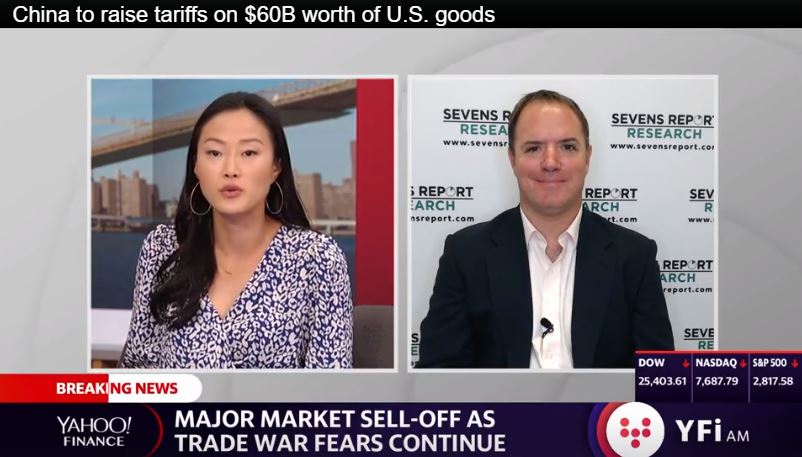What’s in Today’s Report:
Futures are marginally weaker as the U.S. increased tariffs on Chinese imports, as expected.
Positively, the trade talks will continue today, and the consensus market outlook remains that a deal does get done, likely in the next few weeks.
Away from trade, economic data was solid. Japanese Household Spending, British GDP and UK Industrial Production all beat estimates.
Today most of us will spend the day watching for any trade related headlines, and there are likely to be plenty. But, barring a total breakdown in negotiations, trade shouldn’t be too big of a negative on markets today.
Away from trade, we also get the most important economic data point of the week: CPI (E: 0.4%). PPI was more firm than it seemed, and if CPI is also firm then that will reduce the possibility of a preventative Fed rate cut, which will be another headwind on stocks. Finally, there are multiple Fed speakers today: Brainard (8:30 a.m. ET), Bostic (9:05 a.m. ET), Williams (10:00 a.m. ET) but none should move markets.



